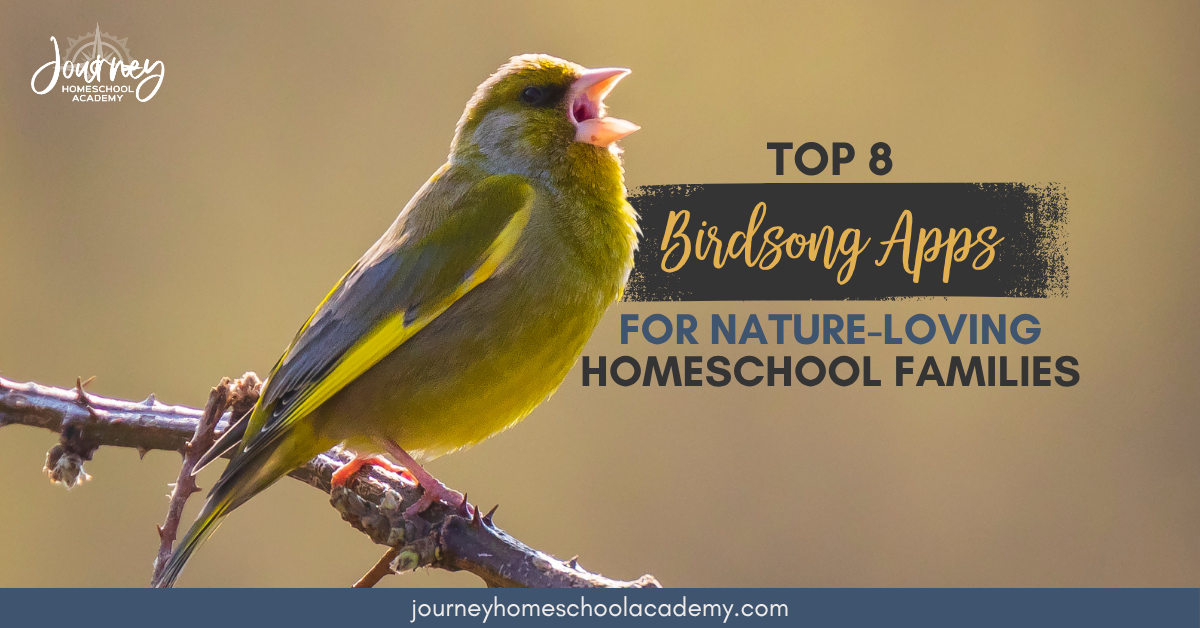Have you ever paused during a nature walk to ask, “Which bird is making that sound?!”
If so, you’re not alone! Identifying birds by their songs and calls is a fun and engaging way to enrich your homeschool science routine. And thanks to today’s technology, you don’t need to be a seasoned birder to join in the fun…
You just need a smartphone!
Top 8 Birdsong Apps for Nature-Loving Homeschool Families
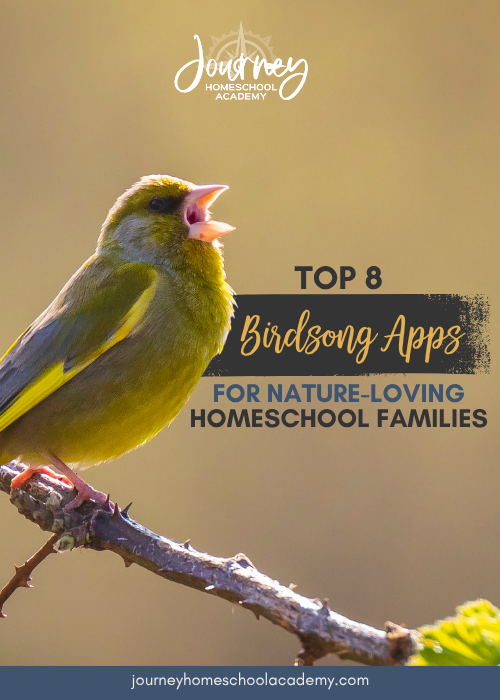
Birdsong apps can turn your family’s outdoor time into a real-world science lab. These tools help kids hone listening skills, deepen their connection with creation, and learn about animal behavior in real time. They’re also the perfect companion to our World of Birds course, reinforcing lessons in an interactive, hands-on way.
Why Birdsongs
Tuning into the bird sounds around you does more than just offer a peaceful soundtrack. It can build listening and observational skills, awareness of ecosystems, and understanding of animal communication and behavior. Plus it brings science to life, whether you’re in your backyard or traveling the world!
The Top Birdsong Apps for Homeschool Families
So without further ado, here are the top eight birdsong apps for homeschool families to explore the wonders of avian acoustics:
Merlin Bird ID (by Cornell Lab of Ornithology)
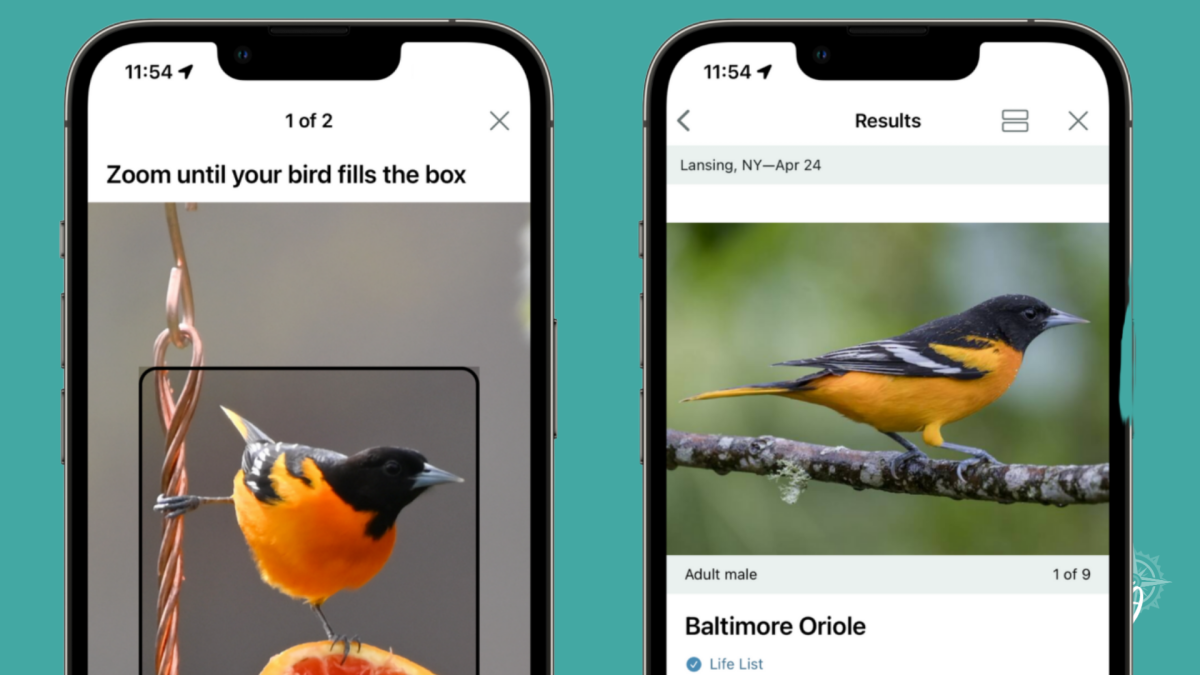
Best overall app for families all over the world — and our family favorite!
Merlin is a powerhouse of bird knowledge. With sound ID, photo ID, and regional bird packs, it can identify birds from around the globe. You can even use it offline, so it’s perfect for remote nature outings.
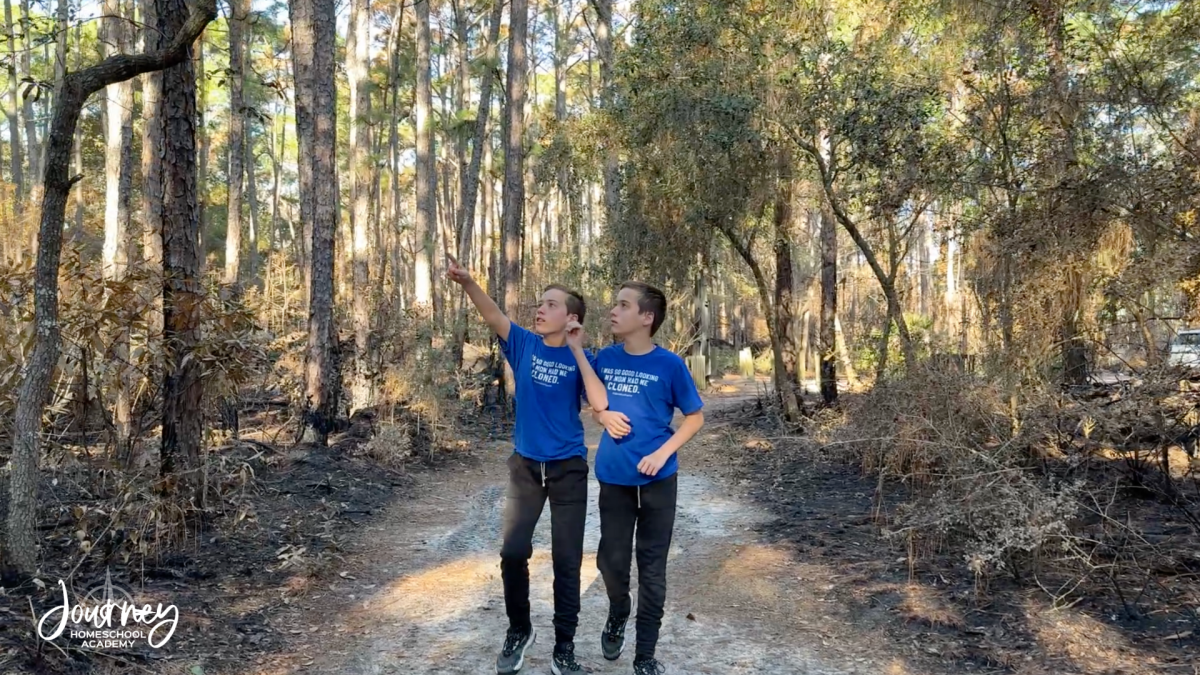
The twins exploring the Dauphin Island bird sanctuary!
It’s the app our own family reaches for first! On a recent trip to Dauphin Island, we downloaded the Southeast U.S. regional pack and had a blast using it to identify birds while hiking through the bird sanctuary. It made the experience so much richer—and even our youngest kids got in on the fun.
- Features: Sound and photo ID, offline use, global database of birds
- Devices: iOS and Android
- Cost: Free
- Pros: Easy to use, reliable, constantly updated
- Cons: May overwhelm younger kids with options
{PLACE HOLDER – family photo at the dauphin island bird sanctuary}
BirdNET (by Cornell Lab’s Stephan Kahl)
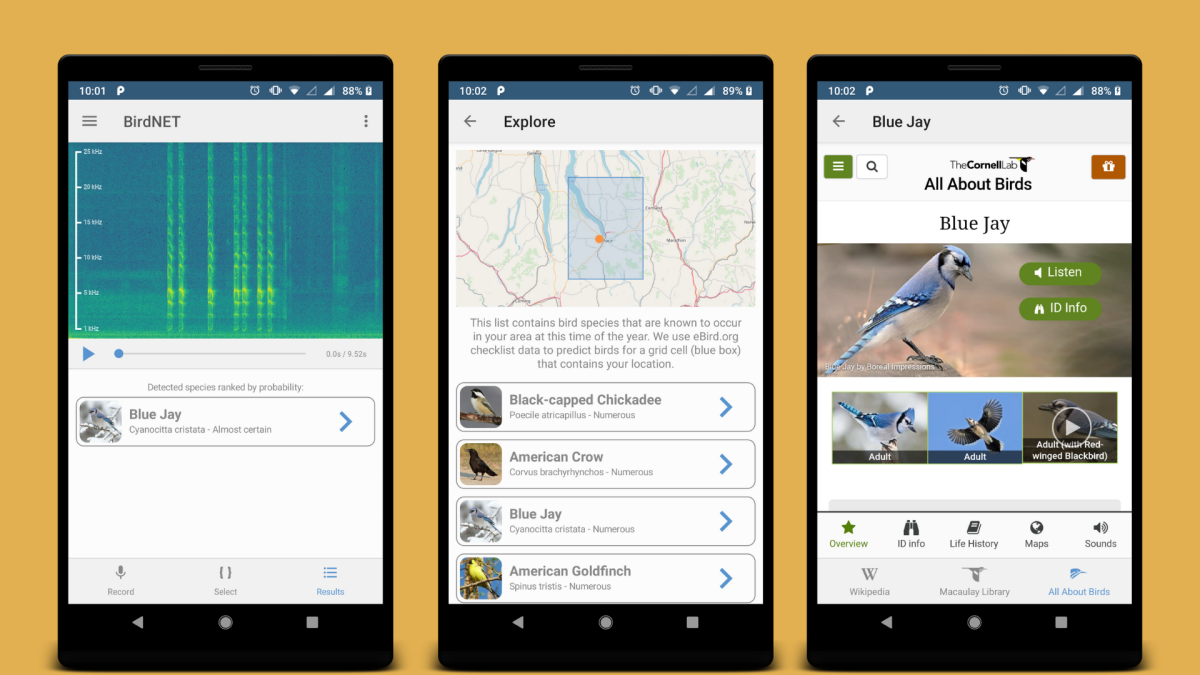
Great for curious learners who love accuracy.
BirdNET uses AI to analyze and identify bird sounds from around the world. It provides confidence scores as well, and gives kids insight into how the app “hears” the birds around it. This app is probably best used by older students, as it’s not very intuitive, particularly for younger learners.
- Features: AI-powered sound ID, confidence rating, spectrogram
- Devices: iOS and Android
- Cost: Free
- Pros: High-tech, works around the world
- Cons: Not very intuitive for younger users
Smart Bird ID by Yellow Cardinal Inc.
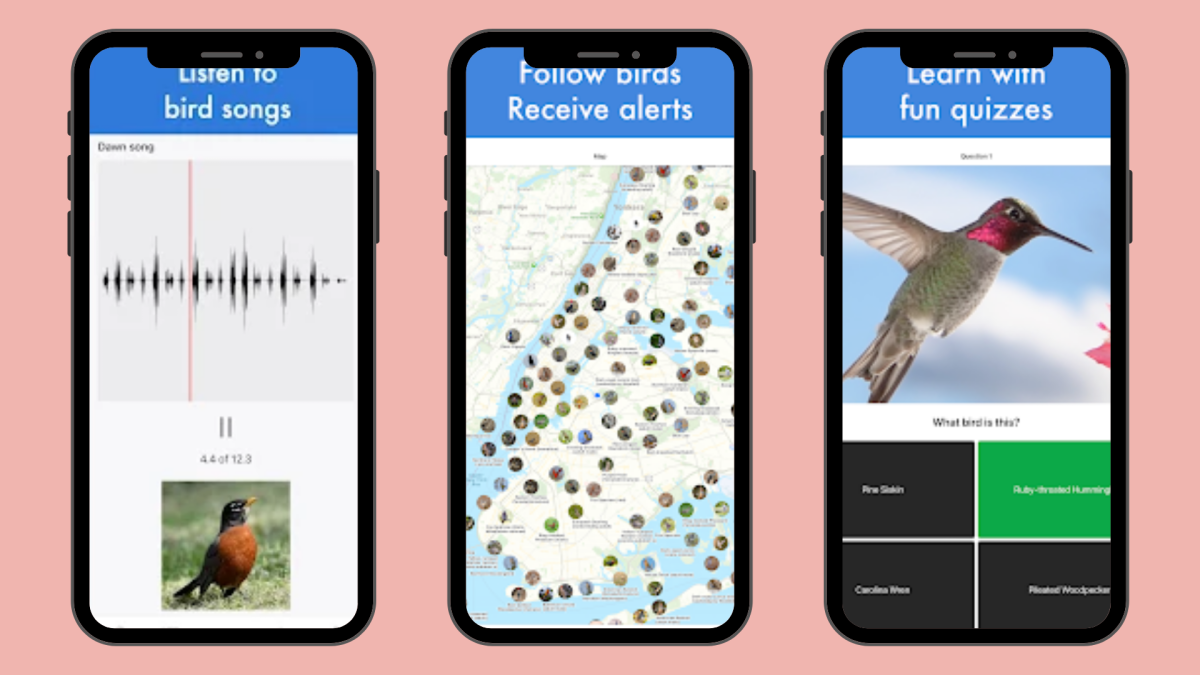
Kid-friendly and interactive
This app combines photo and sound identification with a growing database and user-friendly design. Identify birds with either your microphone or your camera. It’s great for both budding and more experienced birders.
- Features: Sound and photo ID, educational bird facts, cloud storage
- Devices: iOS and Android
- Cost: Free with optional paid upgrades
- Pros: Intuitive for kids, informative
- Cons: Some features behind paywall
Picture Bird by Next Vision Limited

Ideal for comparing visual and auditory input
Picture Bird identifies both sounds and images, making it perfect for comparing what you hear with what you see. Educational content is built in.
- Features: Image and sound ID, in-depth bird profiles
- Devices: iOS and Android
- Cost: $3.99/mo after free trial
- Pros: Visual and auditory combo, great learning tool
- Cons: Paid subscription required after trial
Audubon Bird Guide by National Audubon Society
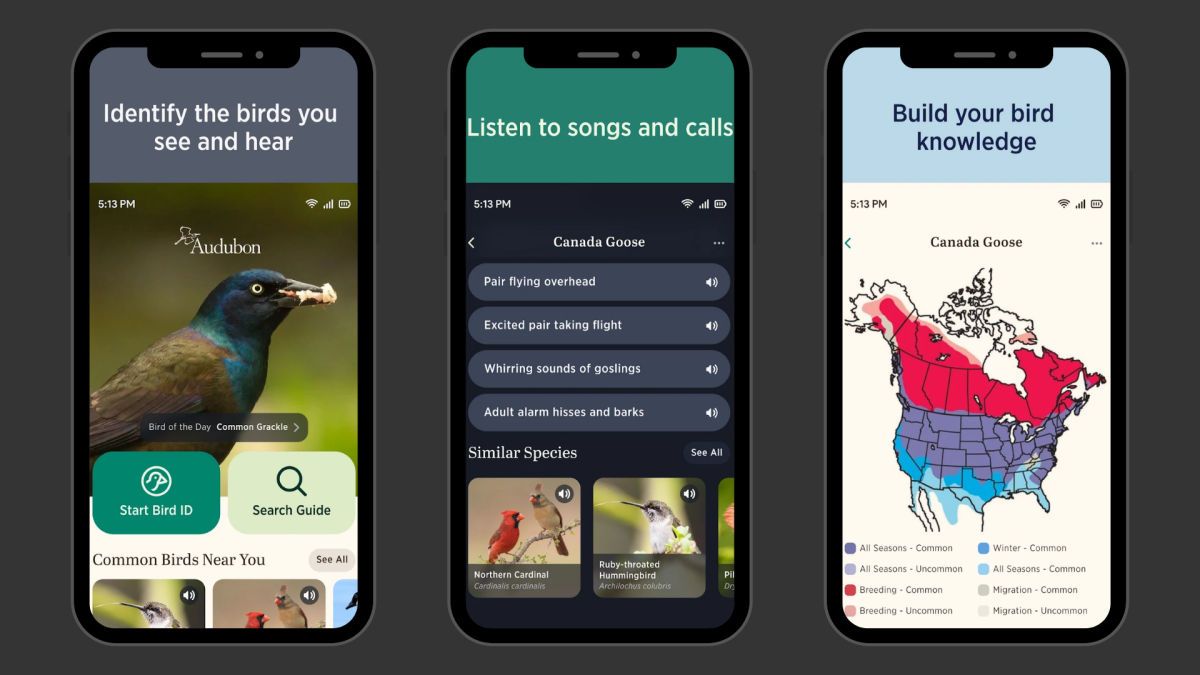
A classic resource with rich content
While it’s primarily focused on North America, Audubon’s guide offers a vast library of bird calls, images, and descriptions. It’s a great companion to National Audubon Society bird books.
- Features: Audio clips, detailed bird guides
- Devices: iOS and Android
- Cost: Free
- Pros: Trustworthy, comprehensive
- Cons: Less intuitive interface, not ideal for families living outside North America
Chirp! Bird Songs & Calls USA by iSpiny
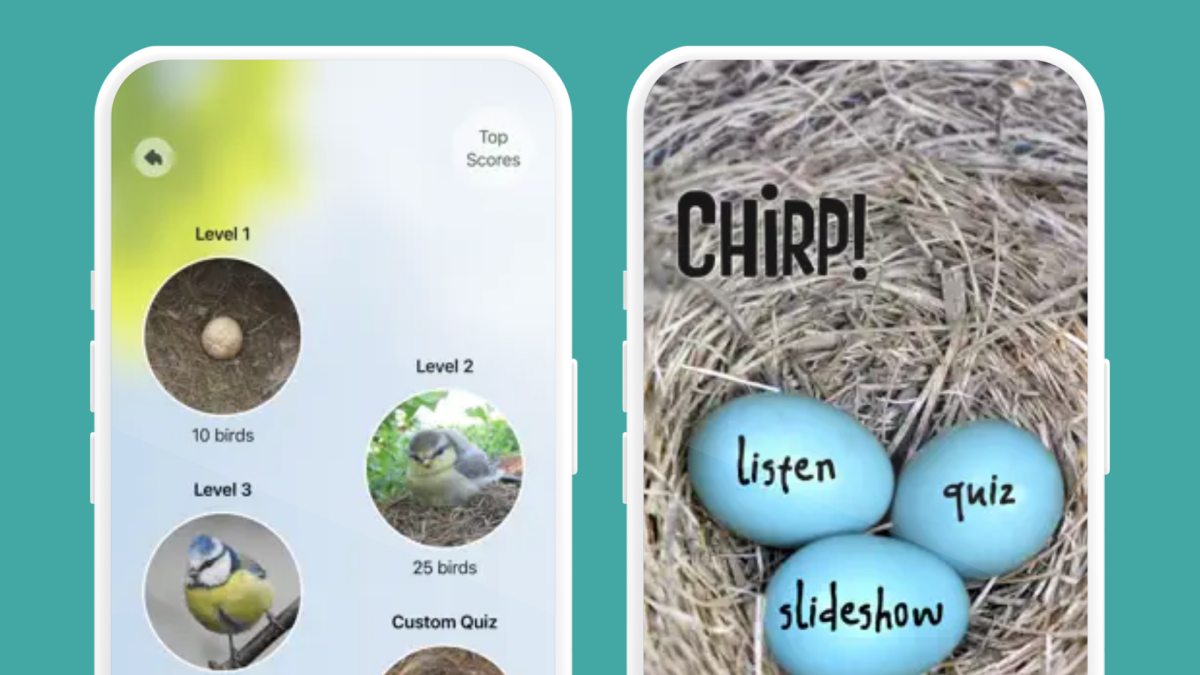
Perfect for young kids and auditory learners
Chirp! uses games and quizzes to help kids remember bird sounds. While limited to U.S. birds and iOS devices, it’s a great option for playful learning. This app also works seamlessly with ChirpOMatic.
- Features: Games, quizzes, audio ID
- Devices: iOS only
- Cost: $3.99
- Pros: Engaging for younger users
- Cons: Limited regional use
Song Sleuth by Sibley Guides
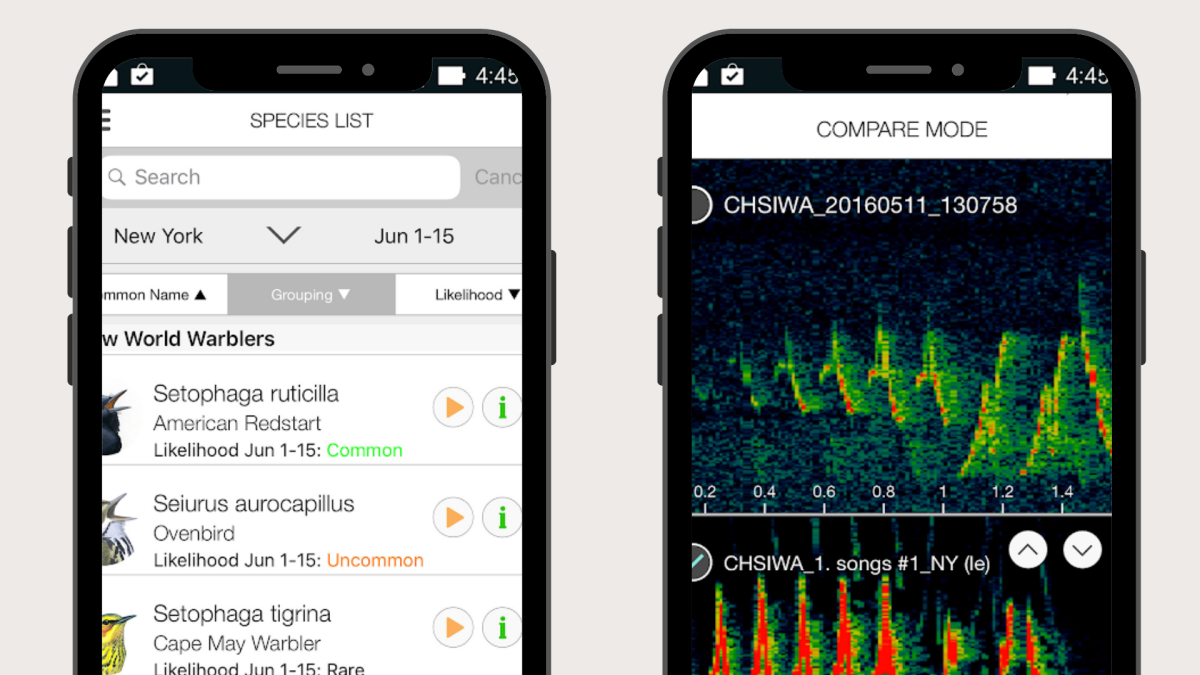
For teens who love intricate technology
With real-time spectrograms and detailed analysis tools, this app is ideal for older students who want to explore deeper. It also allows users to upload and relisten to your favorite birdsongs.
- Features: Real-time audio analysis, bird sound ID
- Devices: iOS only
- Cost: $9.99
- Pros: Advanced features, great for STEM-focused learners
- Cons: Not designed for younger kids
ChirpOMatic, by Andy Knapp
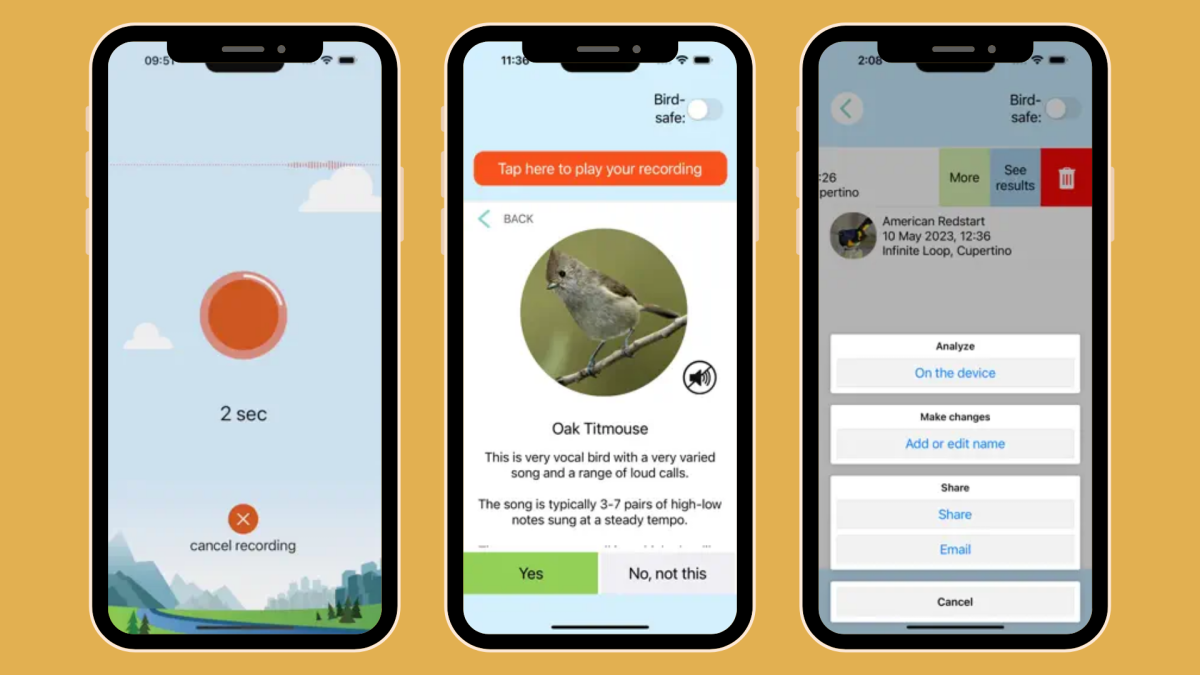
Reliable for our missionary and international families
ChirpOMatic also works offline and delivers accurate results in more remote areas. It also offers region-specific versions of the app for the United Kingdom, Europe, and Australia.
- Features: Offline use, regional support
- Devices: iOS and Android
- Cost: Paid app
- Pros: Great for travelers or families outside the U.S.
- Cons: Fewer interactive elements than other apps
Tips for Using Birdsong Apps with Kids
Maybe this all sounds great, but how should you actually use these apps with your kids as a supplement to your homeschool science?
In our World of Birds course, we give students real-life opportunities to connect with nature—whether it’s keeping a birdwatching journal, sketching what they see and hear, or going on “sound safaris” to map where different calls are heard. With the help of a birdsong app, these kinds of activities are easy (and fun!) to try in your own backyard.
Try bringing your device on a nature walk or setting it up near a bird feeder. Let your kids listen to a bird call, then look for the matching bird in real life. Start a family bird journal or create a backyard sound map. You could even keep a running tally of the birds you hear most often and turn it into a mini science project!
You can use the apps as a jumping-off point for discussion. Why do birds sing? What are they trying to communicate?
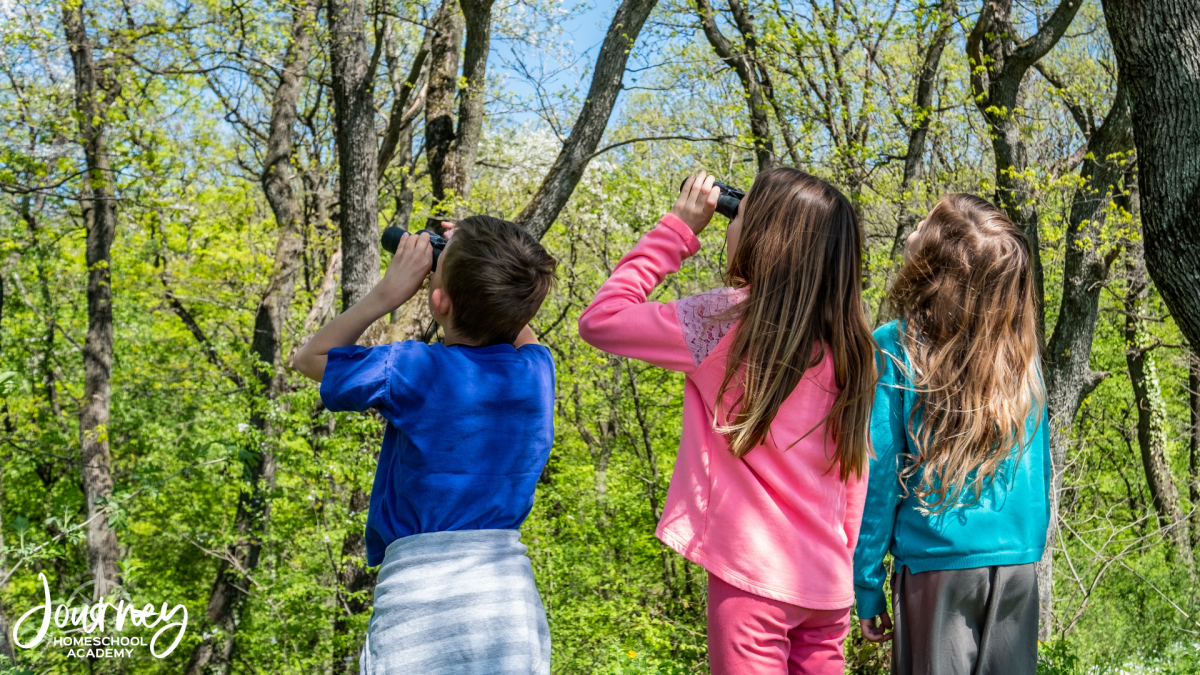
And if you’d like some guidance along the way, we’ve got you covered. In World of Birds, we walk your students step-by-step through the study of birds—helping them learn to identify species by sound and sight, ask thoughtful questions about behavior, and engage with the natural world through hands-on activities—like going on sound safaris to map where different calls are heard. It’s science that’s rooted in wonder, curiosity, and the joy of discovery.
Final Thoughts
Learning about birdsongs and identifying them in your child’s environment is a great way to nurture curiosity, listening skills, and a deeper appreciation for God’s creation. Whether your child dreams of being an ornithologist or just loves animals, these apps offer a rich and fun science experience.
Want to dive deeper into the fascinating world of birds? Check out Journey Homeschool Academy’s World of Birds! The science elective that gets your middle schooler excited to learn—and lets you sip your coffee while they do it. Learn more here.
